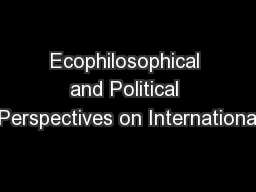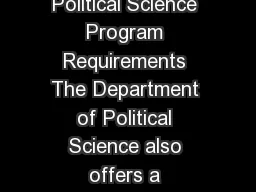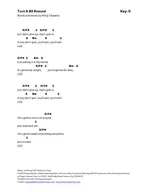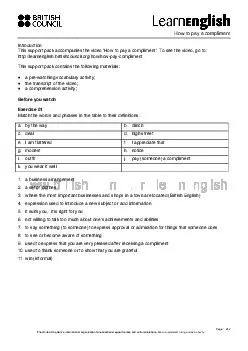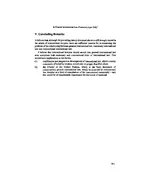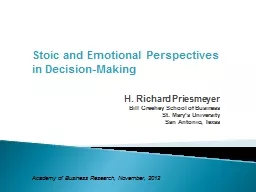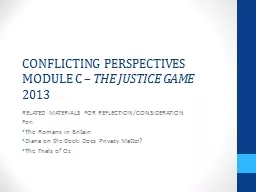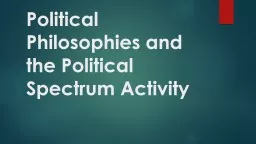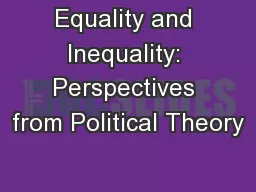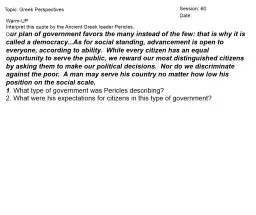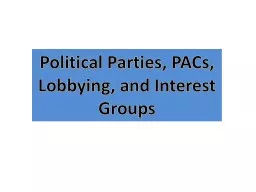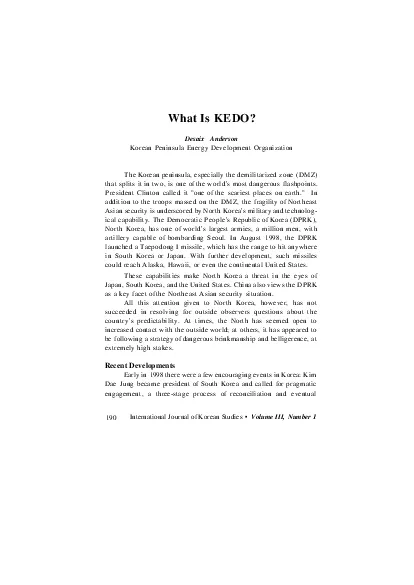PPT-Ecophilosophical and Political Perspectives on Internationa
Author : lois-ondreau | Published Date : 2016-07-06
Treaty Assignment 1 due start of NEXT Tuesday class 6 questions to answer Name of the treaty What countries CAN become members separately who ARE members What
Presentation Embed Code
Download Presentation
Download Presentation The PPT/PDF document "Ecophilosophical and Political Perspecti..." is the property of its rightful owner. Permission is granted to download and print the materials on this website for personal, non-commercial use only, and to display it on your personal computer provided you do not modify the materials and that you retain all copyright notices contained in the materials. By downloading content from our website, you accept the terms of this agreement.
Ecophilosophical and Political Perspectives on Internationa: Transcript
Download Rules Of Document
"Ecophilosophical and Political Perspectives on Internationa"The content belongs to its owner. You may download and print it for personal use, without modification, and keep all copyright notices. By downloading, you agree to these terms.
Related Documents

